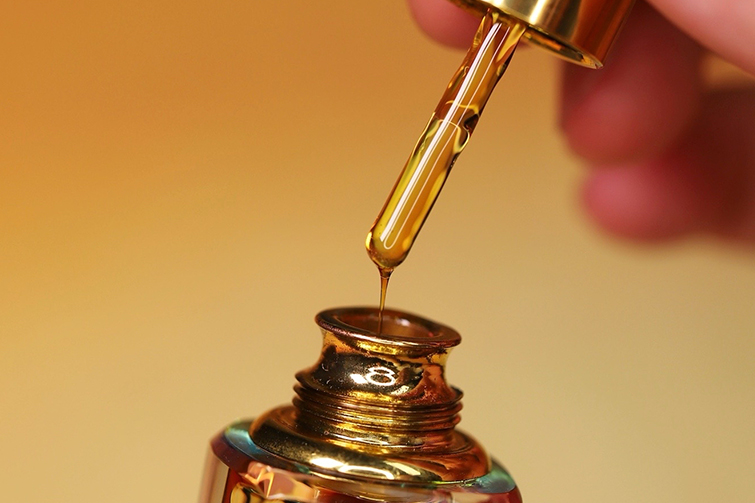

How to Choose a Quality Agarwood (Oud) Bracelet
Agarwood, also known as oud, gaharu, or Chen Xiang (沉香) in Chinese, is a rare and precious aromatic wood formed from Aquilaria trees infected by a natural fungus. Revered in traditional cultures for its fragrance, spiritual value, and healing properties, agarwood is often carved into bracelets (also called agarwood malas or oud beads) for both aesthetic and meditative purposes.
Due to its high value and limited natural supply, choosing an authentic and high-quality agarwood bracelet requires knowledge and discernment. This article will guide you through the key points to consider.
1. Know the Origin and Species
Agarwood is primarily sourced from Southeast Asia, including:
Vietnam
Cambodia
Indonesia
Malaysia
China (Aquilaria sinensis)
Each origin produces slightly different resin characteristics and scents. Chinese agarwood, for example, is often considered among the finest, known for its deep aroma and rich resin content.
Common Aquilaria species include:
Aquilaria crassna
Aquilaria malaccensis
Aquilaria sinensis
Tip: Premium bracelets often mention the species and country of origin. This transparency is a good sign.
2. Examine the Resin Content
The value of agarwood lies in its resin, not just the wood. The more resin present, the darker and more aromatic the wood.
How to identify high-resin beads:
Color: High-quality beads appear dark brown to almost black.
Texture: Dense and heavy for their size.
Gloss: A natural, oily sheen is a good sign.
Fragrance: Strong, natural, long-lasting aroma even without heating.
Low-quality bracelets may have little to no scent, appear dry or light, and have uneven coloration.
3. Smell the Beads
Fragrance is the soul of agarwood. An authentic agarwood bracelet emits a deep, woody, sweet, and calming aroma. Some may also carry spicy, floral, or balsamic undertones.
Test:
Rub the beads gently with your fingers to warm them.
Smell the bracelet after 10–20 seconds.
If the aroma is rich, layered, and pleasant — it's likely genuine.
Avoid: Synthetic or overly sharp scents, which often indicate chemical additives or fake wood.
4. Check the Weight and Texture
High-quality agarwood is dense and heavy, especially when rich in resin. When you hold a bracelet in your hand, it should feel solid and smooth, with a natural polish (even without lacquer).
Tip:
Tap two beads together — real agarwood makes a soft, wooden sound. Fake or plastic beads make a hollow or sharp click.
5. Bead Size and Craftsmanship
Beads typically range from 10mm to 20mm in diameter. The size doesn't necessarily affect the value, but the consistency of shape, polish quality, and drilling precision show the level of craftsmanship.
Well-made bracelets have:
Evenly sized and shaped beads
Smooth surfaces without excessive sanding
Strong elastic or silk cord threading
6. Price Reflects Quality
A genuine agarwood bracelet can range from hundreds to thousands of dollars, depending on resin content, origin, and rarity. Wild agarwood is significantly more expensive than cultivated or processed wood.
Be cautious with very cheap bracelets, as they are often made from dyed wood, synthetic resin, or completely fake materials.
7. Buy from Trusted Sellers
Only purchase from reputable sources who can:
Clearly state the origin and species
Offer return policies or certifications
Explain the grade and quality of the product
Look for sellers who specialize in agarwood or traditional spiritual products, not just general jewelry.
Conclusion
Choosing a quality agarwood bracelet is more than just a fashion decision — it's about investing in a piece of nature's rarest aromatics. By examining the resin content, scent, origin, weight, and craftsmanship, you can find a bracelet that not only looks beautiful but also carries the spiritual and calming qualities that agarwood is cherished for.





